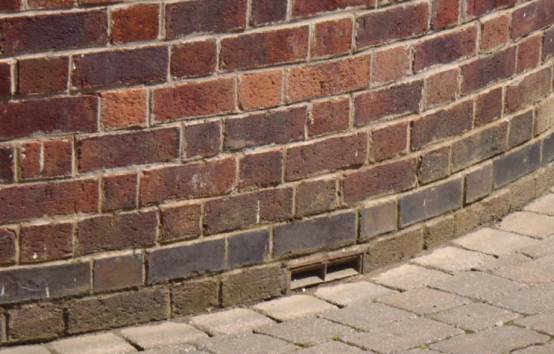
14 Nov, 2012/ by Surveyor Local /News
The living room of this property was suffering extensive damp and water damage below a bay window at the front of the house.
The main cause of this moisture build-up appeared to be the construction of an uneven paved area, used as a drive. The drive sloped downwards toward the front wall of the house, and lacked appropriated drainage. Although it was a dry day when the property was surveyed, it was clear from close inspection that, in wet conditions, water would pool at the base of the wall.
Rising damp a likely result
Given that this water had nowhere to easily drain, the moisture would likely be absorbed by the brick wall, leading to dampness internally at floor level, and rising damp. This damp would result in ruined wallpaper and plaster, unpleasant smells, and mould. There was already evidence of this in the front room, but the situation beneath the surface was likely to be more severe, including rotten floor timbers.
The correct installation of a DPC (Damp Proof Course) would reduce the risk of damp spreading upward, but the property only featured relatively ineffective damp proof measures.
Unfortunately, as the level of the paving was higher than the internal floor, a suitable DPC would not be sufficient to combat the damp problem. The slope of the drive required, ideally, both correction of the slope, to encourage water to drain away from the property, and better drainage generally.
